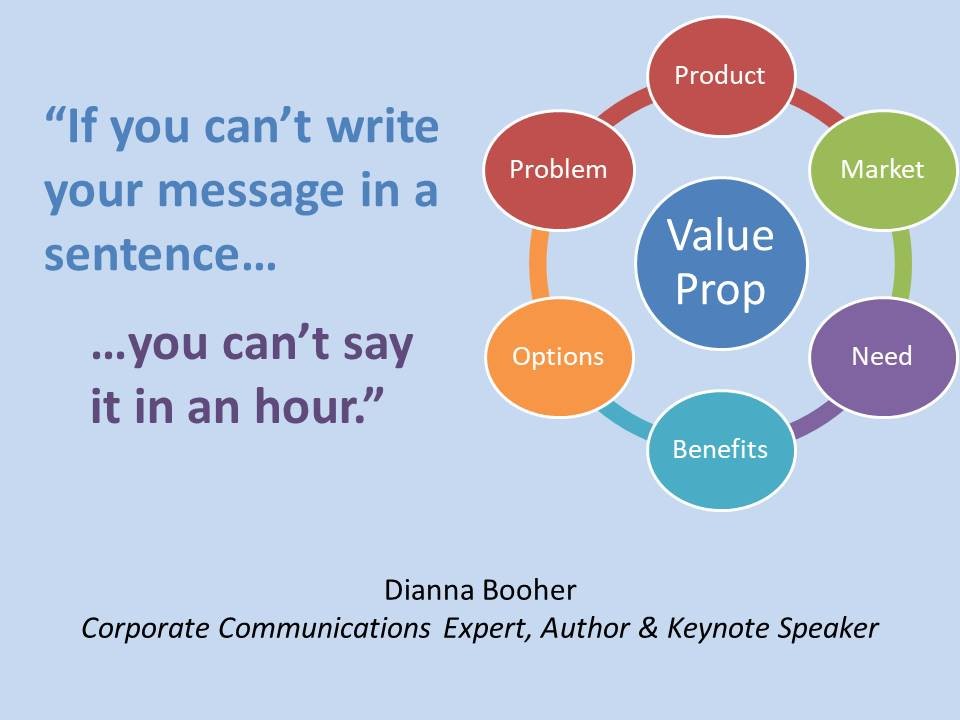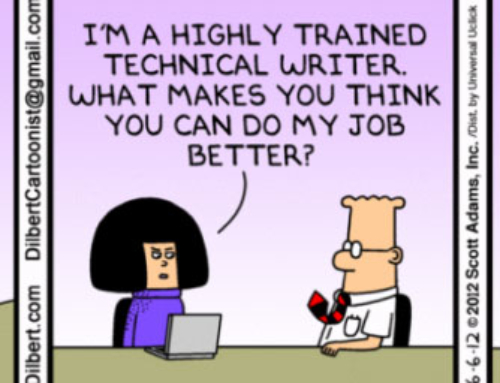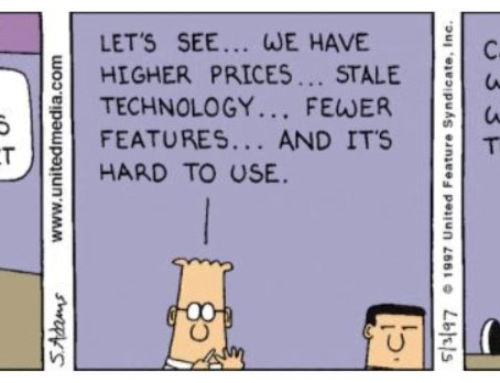“Thanks, but no thanks.” If this is the response you get from potential investors, chances are that you have an unrefined value proposition. Dianna Booher, an author, keynote speaker and expert in corporate communications sums it all up with her statement, “If you can’t write your message in a sentence, you can’t say it in an hour.”
In my last article entitled “Blueprint on How to Open Doors to Start-Up and Next-Stage Growth Funding,” I noted that potential investors give presenters an average of three minutes and 40 seconds of time to pitch their business or product. The crux of that presentation is your value proposition, or the “why” to indicate what is special about your offering. Investors expect the value proposition to be clear and compelling. After all, if you can’t articulate the unique need your product or service fills in the market to an interested investor, how are you going to convince consumers to buy it?
How Do I Create a Value Proposition That Wins Over Investors?
All right, I think you get the point. Creating a value proposition that wins over investors is crucial.
The value proposition is the main reason why you decided to start your company and develop your product or solution. At its core, the value proposition should quickly and clearly communicate:
- Why this product or service?
- What does your product or service do?
- What is unique about what you are offering?
- Why does your product or service matter?
In developing your value proposition, some of the questions you need to ask yourself are:
- What is the market in which you will operate?
- What is the problem you’re trying to solve?
- Why is your product needed?
- Is it unique or totally different from anything out there, or is it simply better or cheaper than any current offerings?
Changing Your Value Proposition to Meet the Market
Startups have a clean slate to develop the value proposition, but it gets a little more complicated for a scale-up, next-stage growth, or turnaround company looking for additional funding. In these cases, it is important to revisit your value proposition as your products, services, target market, or points of differentiation may have changed.
Take Microsoft and Bill Gates as an example. Early on, he wanted to develop a smaller, cheaper alternative to the bulky and expensive computers on the market. Very quickly, his value proposition and vision changed to “a computer on every desk and in every home” that revolutionized the market.
Likewise, your value proposition should align with your market goal. For example, are you a disrupter in the market or are you looking to gain share by offering something better?
Consider Uber disrupting the transportation-for-hire industry or Airbnb disrupting the residential rental market. On another note, consider Whole Foods’ approach to carving out a niche in the grocery and consumer packaged goods market focusing on high-margin specialty foods known for being organic or free from additives and preservatives.
So What’s Coming Next?
We’ve talked about the elements of the value proposition, so what comes next? I’ll review the other elements of the executive summary in upcoming articles, including:
- Competitive Differentiation (Leadership Team, Intellectual Property, etc.)
- Customer Segmentation Strategy and Sales Model
- Market Sizing and Financial Projections
To learn more on how to create a winning value proposition as part of an effective 1-page executive summary and pitch deck for startup or next-stage growth company funding, contact me for a complimentary consultation by phone at 314-578-0958 or by email at ilebow@transformationsolutions.pro.








Leave A Comment